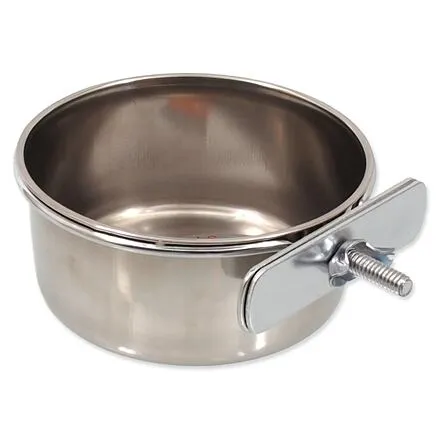Bird and wildlife feeders are essential tools for anyone looking to attract and support local avian and wildlife populations. These feeders serve as a reliable food source for birds and other creatures, especially during harsh weather conditions or when natural food sources are scarce. They are ideal for birdwatchers, nature enthusiasts, and anyone who wishes to enhance their garden or outdoor space with the beauty of wildlife. By providing food, these feeders not only help sustain local ecosystems but also offer a delightful way to observe and connect with nature.
When selecting a bird or wildlife feeder, several key factors should be considered to ensure you choose the right product for your needs. First, think about the type of wildlife you want to attract. Different species have varying dietary preferences, so it’s important to select a feeder that accommodates their specific needs. For instance, seed feeders are great for attracting a variety of birds, while suet feeders are ideal for woodpeckers and other insect-eating birds. Additionally, consider the feeder's capacity; larger feeders require less frequent refilling, which can be a significant advantage for busy individuals.
Material is another crucial aspect to consider. Feeders made from durable materials like metal or high-quality plastic can withstand the elements and resist damage from squirrels or other animals. Look for feeders with UV-resistant finishes to prevent fading and deterioration over time. Furthermore, features such as drainage holes can help keep food dry and fresh, while easy-to-clean designs will make maintenance a breeze.
Each type of feeder comes with its own set of advantages and disadvantages. For example, tube feeders are excellent for small seeds and can attract a wide variety of birds, but they may not be suitable for larger species. Platform feeders, on the other hand, can accommodate multiple birds at once and are easy to clean, but they may attract unwanted pests. Understanding these variations will help you make an informed decision based on your specific goals and the wildlife in your area.
To maximize the effectiveness of your bird and wildlife feeders, proper usage and maintenance are essential. Regularly check the feeders to ensure they are filled and clean. Old or moldy food can be harmful to birds, so it’s important to replace it frequently. During the winter months, consider using heated feeders or adding a source of water to attract birds that may be struggling to find food. Additionally, placing feeders in sheltered locations can provide safety from predators and harsh weather.
Combining your feeders with native plants can create a more inviting environment for wildlife. Native plants provide natural food sources and shelter, enhancing the overall habitat. Consider planting flowering plants that attract insects, which in turn attract insect-eating birds. This symbiotic relationship not only benefits the wildlife but also enriches your garden's biodiversity.
In conclusion, bird and wildlife feeders are a wonderful addition to any home and garden, offering both aesthetic and ecological benefits. By carefully selecting the right type of feeder based on the wildlife you wish to attract, considering materials and features, and maintaining your feeders properly, you can create a thriving environment for birds and other wildlife. With a little effort and attention, you can enjoy the beauty of nature right in your backyard while contributing to the well-being of local ecosystems.


